Halo Wars 2009 video game Halo Wars is a real-time strategy (RTS) game created by Ensemble Studios and released by Microsoft Game Studios for Xbox 360. The game was first available in Australia on February 26, 2009; then in Europe on February 27; and finally in North America on March 3. This game takes place within the science fiction universe of Halo series, specifically set in the year 2531 – a time that is 21 years before the events of Halo: Combat Evolved. In this game, you control human soldiers who are part of a spaceship called Spirit of Fire as they try to stop an ancient ship fleet from falling into the wrong hands – those of the alien enemy Covenant.

Halo Wars was first shown off at the X06 Xbox event in 2006. The team behind the game, Ensemble, created it especially for the Xbox 360 controller so that they could solve problems that had been tricky in previous console games like this one. Just before Halo Wars came out, Microsoft shut down Ensemble, but soon after, a new company called Robot Entertainment was started by some of the same people who used to work at Ensemble.
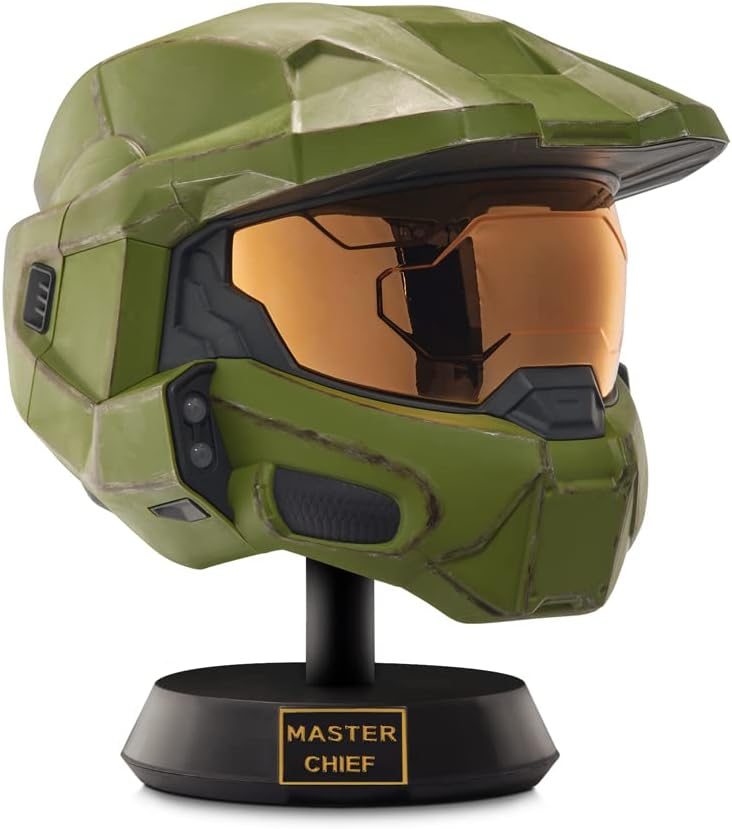
Halo Wars got generally good reviews from critics. People liked how it looked with its fancy pre-made movie scenes, how realistic it was in showing off the Halo universe, and how easy it was to control. Some people didn’t like that you couldn’t play as the bad guys in a campaign mode, or that there weren’t many ways to make strategic decisions during gameplay. Critics from GameSpot and USA Today said that people who already knew how to play real-time strategy games would find that Halo Wars’ part about making plans was not very deep. The game sold over one million copies worldwide by March 2009, which made it the best-selling console game in its type at the time. A better version of the game called Halo Wars: Definitive Edition came out for Windows and Xbox One in December 2016. Another sequel to Halo Wars was released in February 2017, called Halo Wars 2, developed by different people.
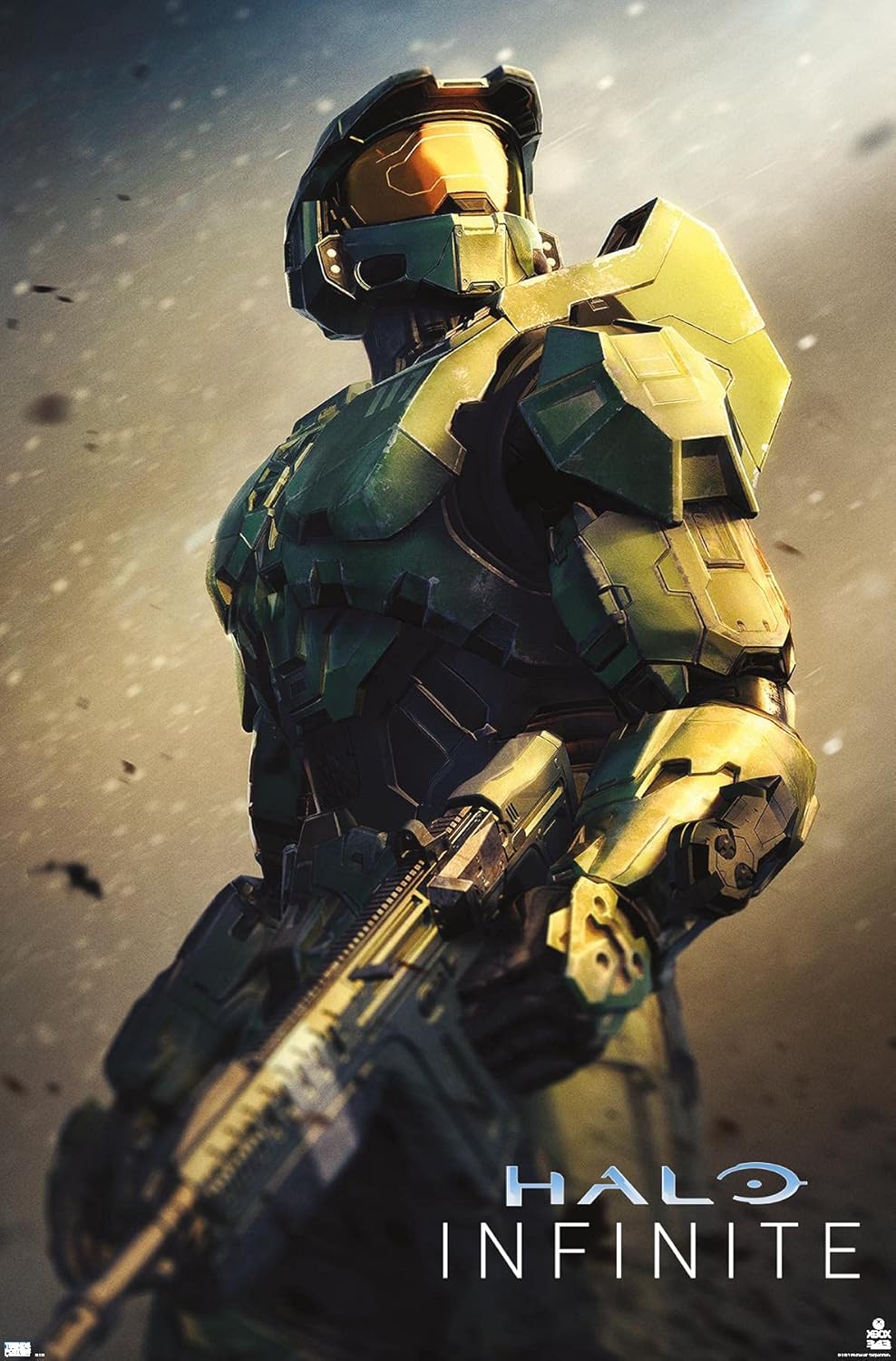
Gameplay in Halo Wars involves special units called Leaders that can greatly impact the outcome of battles. In one instance, the Prophet of Regret, a high-ranking Covenant Leader, uses a powerful ability from a ship orbiting above to wipe out enemy human forces.
Halo Wars is a real-time strategy game for the Xbox 360 console where players control their armies from directly above the battlefield. The gameplay focuses on military combat but also includes basic building and resource management elements. The game was designed specifically with the Xbox 360 controller in mind, allowing players to easily select units by pressing the A button once or twice. Holding down the A button will choose all of the same type of unit. Using the directional pad helps navigate through current battles and switch between bases, while adjusting the camera angle can be done using the right analog stick. Building new bases involves a menu that displays in a circular shape.
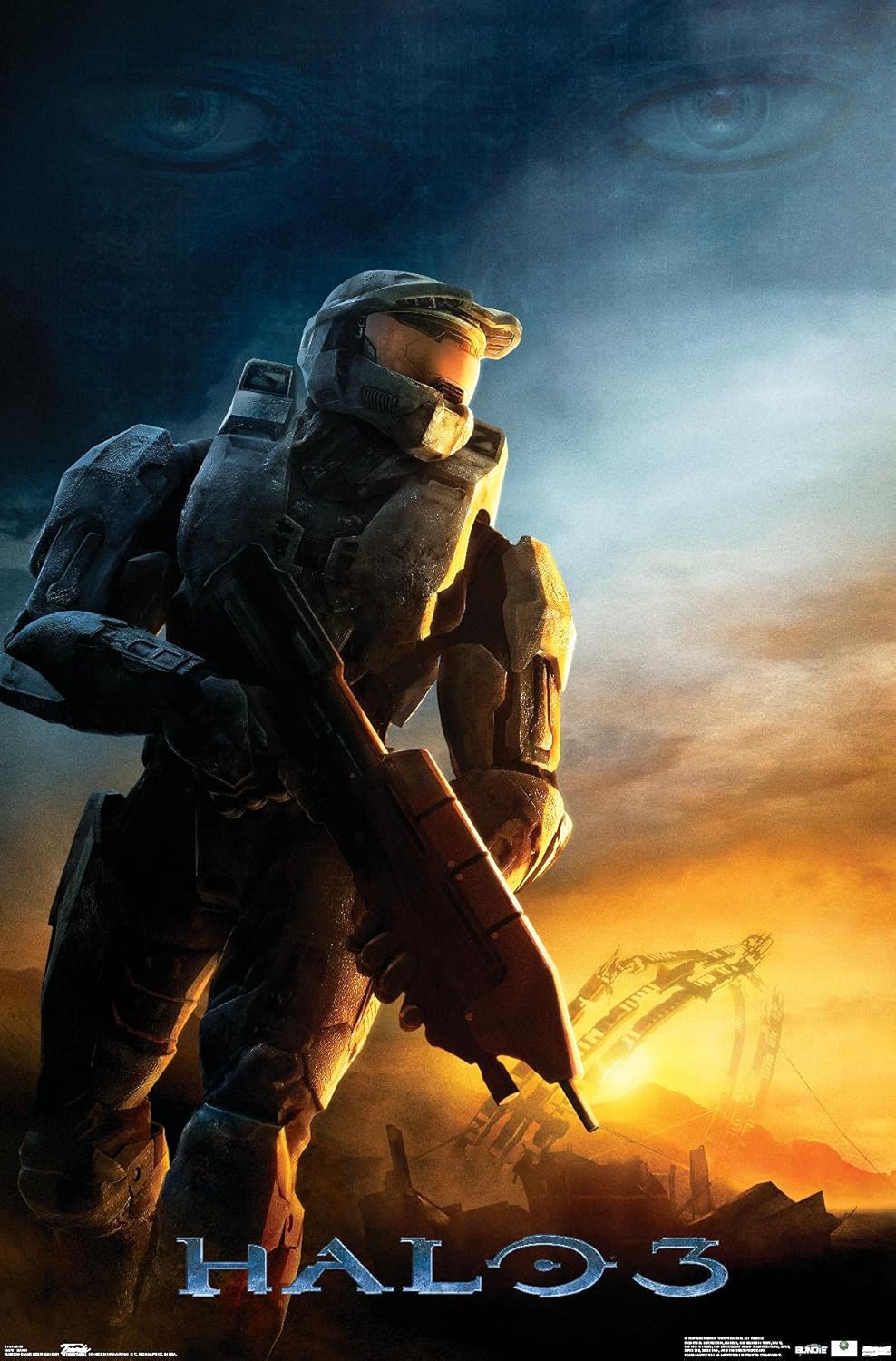
In Halo Wars, you can play through a story-based campaign with either one player or up to four friends using Xbox Live. One mode that doesn’t follow a storyline is “Skirmish Mode,” where players compete against other people or computer-controlled opponents. The game has two teams: humans from the United Nations Space Command (UNSC) and aliens called the Covenant. Each team has its own unique units, strengths, and special powers. When you choose a leader for your side, it affects which units you can use and upgrade during gameplay. Some leaders on the human side appear as soldiers, while leaders on the alien side are shown on the battlefield themselves.
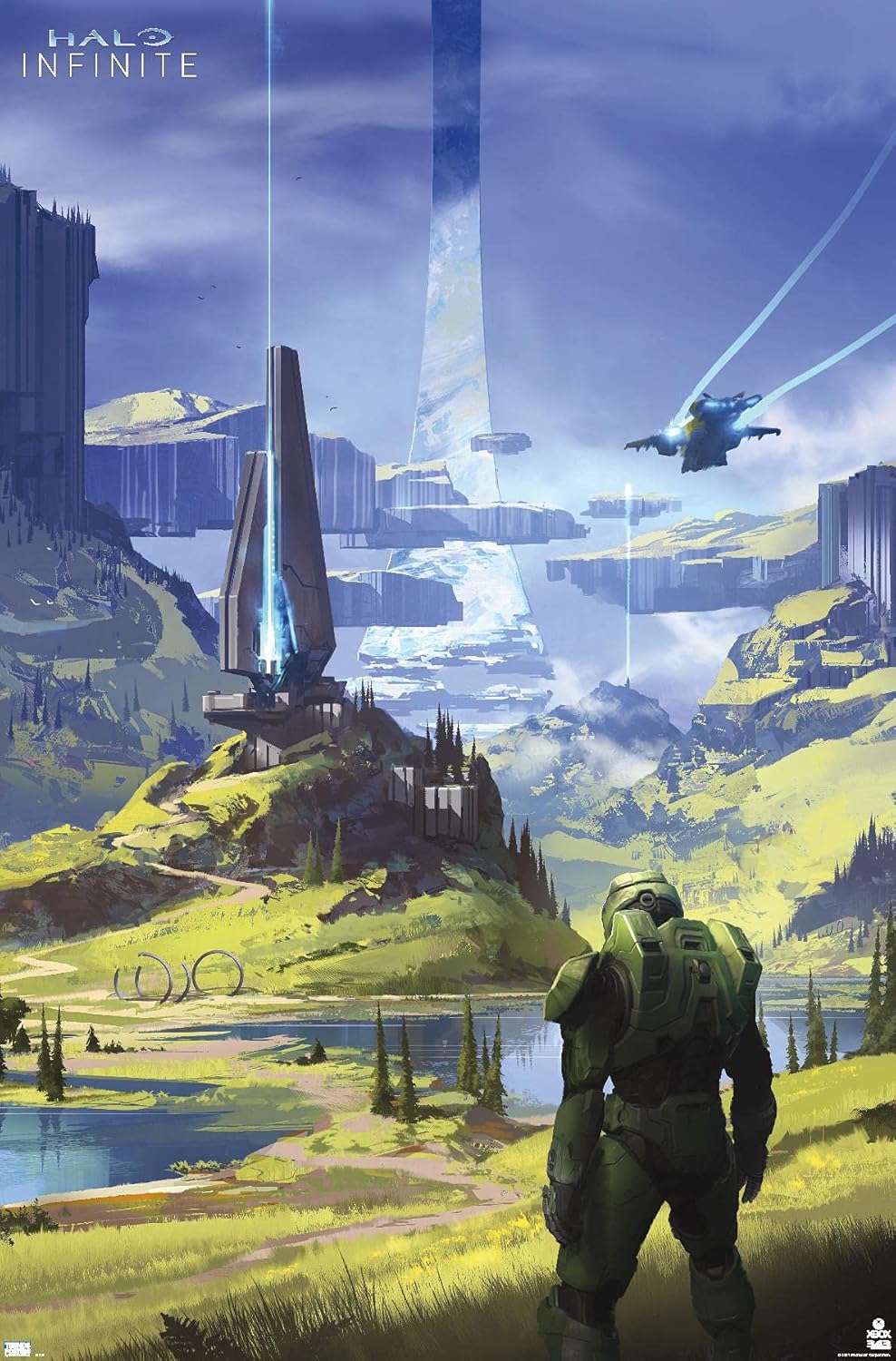
In Halo Wars, combat is balanced with a system similar to “rock-paper-scissors.” Generally speaking, ground vehicles excel against infantry, while infantry have an advantage over aircraft. Aircraft, on the other hand, are strong against vehicles. Most units in the game come with unique special abilities. For example, human Marines can throw grenades, and the Warthog vehicle can crush enemies by running them over. Humans have access to their ship, the Spirit of Fire, which has powerful tools like a magnetic cannon called an M.A.C. (a device that accelerates metal projectiles). The Covenant units are weaker than the UNSC counterparts, but they can use special shields to protect themselves and their bases. Players build their armies by constructing and expanding bases, where they train units, gather resources, and research upgrades and technologies. Since there are limited spots for bases on each map or scenario, players must focus on defending and strengthening their bases. If all a player’s bases are destroyed, unless they can quickly rebuild them, they lose the game. The player’s entire army also needs to be defeated to win the game.
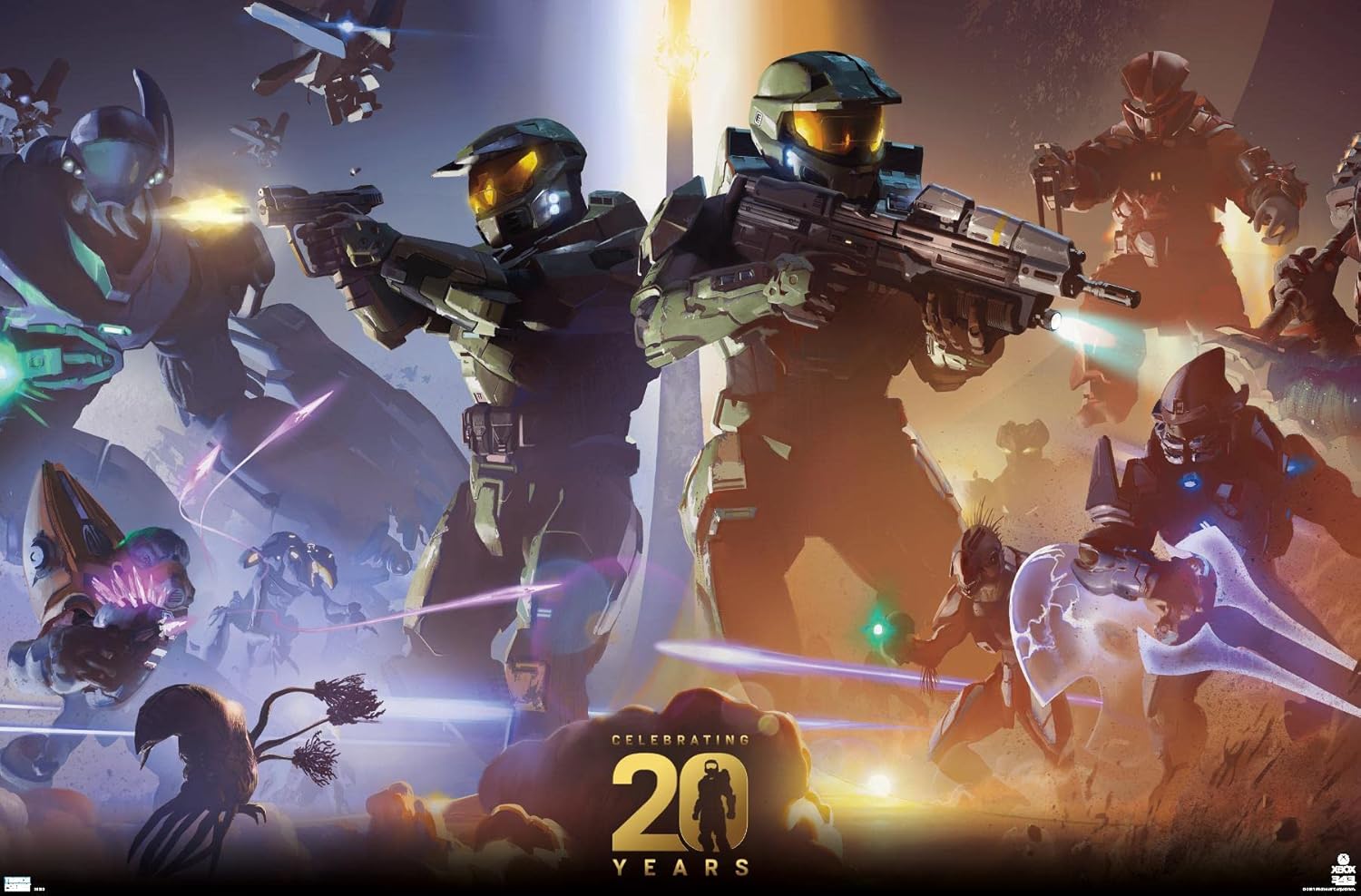
Players collect resources called “supplies” to train units, upgrade buildings, and activate special abilities. These supplies can be found on the battlefield or created by building supply structures at bases. The more supply buildings you have, the more supplies you get. Some buildings and upgrades become available only when you reach a certain level of technology. The UNSC can achieve multiple levels of technology by building reactors, with some actions requiring up to four levels; the Covenant has one less level and each upgrade costs more. If a Covenant temple is destroyed, all progress in technology is lost until it’s rebuilt again. Every base has limited space, so players must balance their supply buildings with other important facilities like those used to make military units. Even though there are limits on how many units you can deploy, some upgrades help lift these limits.
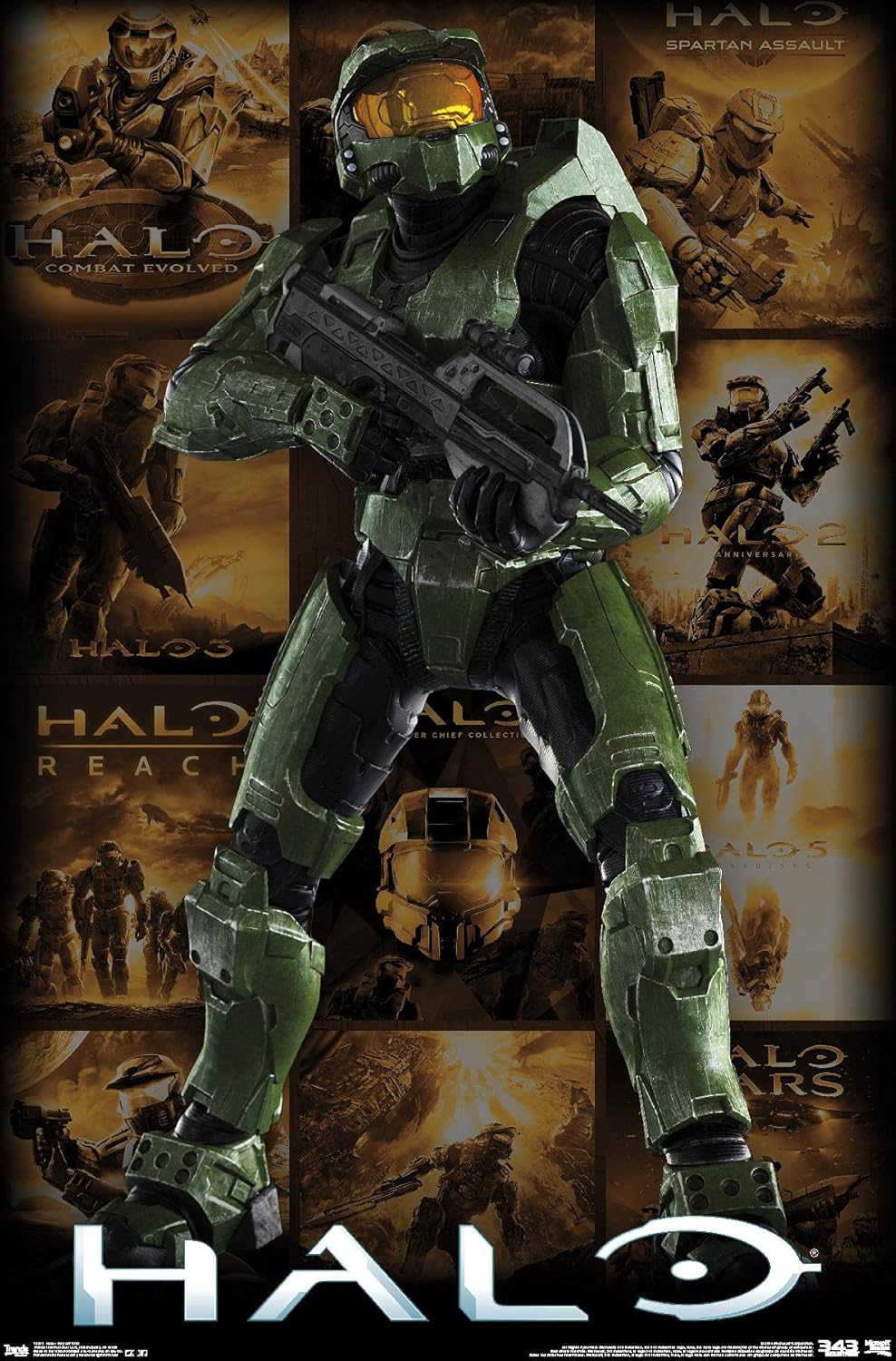
Overview of the Storyline The science fiction universe of Halo series serves as the backdrop for Halo Wars, which unfolds in the 26th century. In 2525, a group of alien species called the Covenant came together to attack humanity, labeling humans as an insult to their gods, the Forerunners. This game takes place about 20 years before the events depicted in Halo: Combat Evolved and occurs roughly 6 years after the Covenant’s invasion of the Harvest colony.
The captain in charge of the UNSC warship Spirit of Fire is Captain James Cutter, a leader widely respected by his crew members. Because he doesn’t want power, Cutter isn’t likely to get promoted anymore. One of his officers is Sergeant John Forge, a tough Marine who follows his heart instead of rules. This makes him stand out in a bad way and puts him in trouble before, but not this time. Another member of the team is Professor Ellen Anders, a scientist interested in old structures built by an ancient civilization called Forerunners. The ship’s computer system, Serina, helps run things efficiently because she’s super smart and can joke around sometimes. A special warrior named the Arbiter is leading the Covenant’s search for powerful technology left behind by the Forerunners. This warrior has been told to help destroy humanity, which makes him a bit of an unlikely hero.
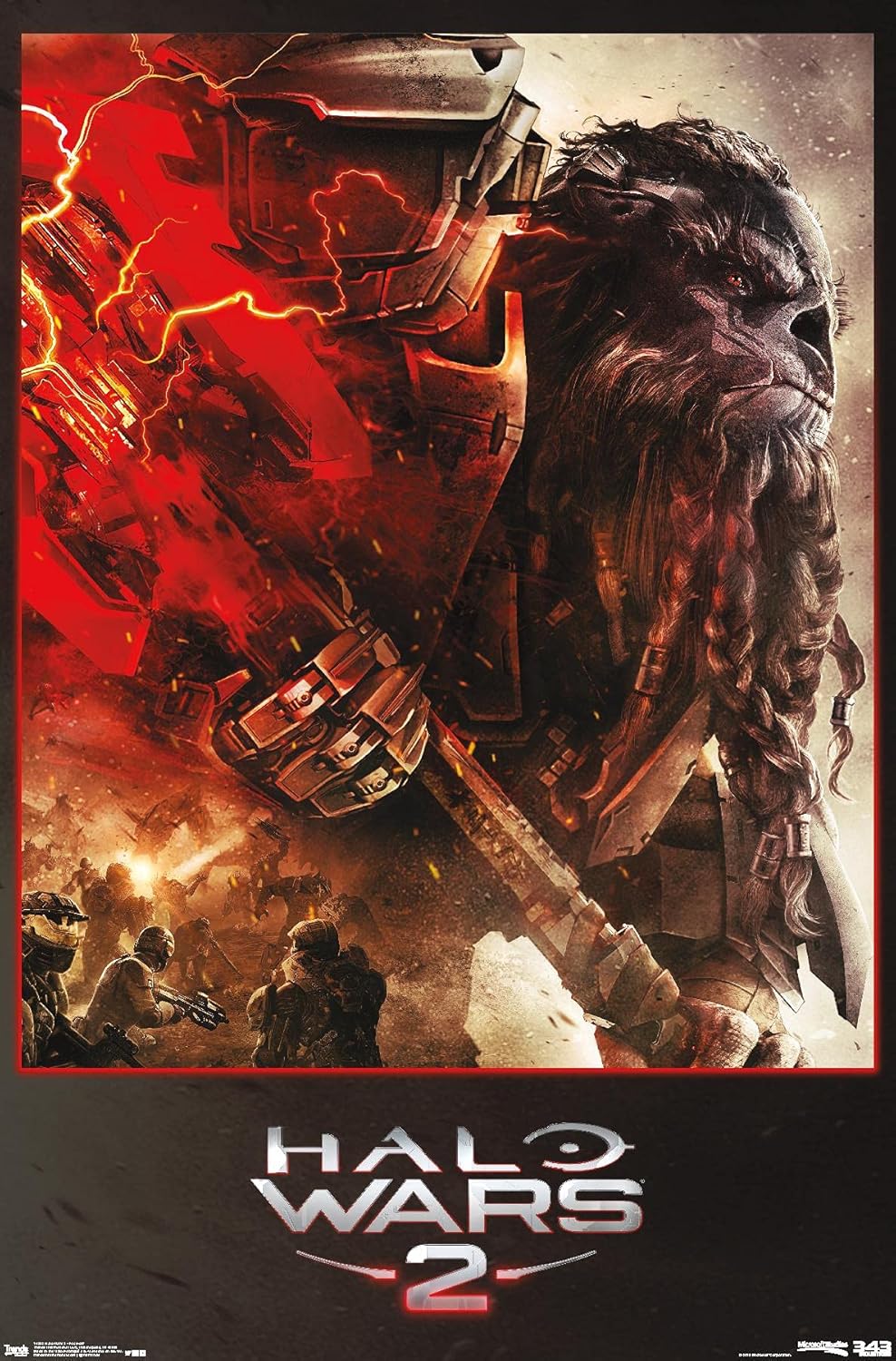
The Spirit of Fire mission goes to Harvest to look into Covenant activity after learning they’ve dug up something at the northern pole. When the UNSC’s main base on Harvest gets taken over, Cutter orders Forge to take it back. Before long, Forge sends out scouts to check on the excavation and discovers that the Covenant has found a Forerunner place under Arbiter’s direction. The Covenant forces are defeated by Forge’s troops before they can ruin the facility, and Anders shows up. She figures out that this is an interstellar map and sees some coordinates that point to the human colony of Arcadia.
After breaking free from the facility, the Spirit of Fire headed to Arcadia, where the Covenant had started attacking nearby towns and killing innocent people. Forge made contact with local Spartan special forces and helped them move people out of harm’s way. The UNSC military found out that the Covenant was building a huge energy shield to conceal its construction of an enormous Scarab super-weapon. To find it, they searched for Forerunner ruins in the area using experimental gear. The UNSC used this equipment to destroy the Scarab. Meanwhile, the Arbiter grabbed Anders during a salvage operation and took off from the planet with Spirit of Fire hot on their heels.

Spirit of Fire discovers Anders’ signal on an unknown planet in another galaxy. Unfortunately, this planet is plagued by a deadly parasite called Flood that infects any living being it meets. As Spirit of Fire gets closer to its destination, it accidentally finds and enters a special docking station left behind by ancient Forerunners. To our surprise, the planet turns out to be an entire Forerunner base, complete with a habitable core and a tiny star at its center. The Covenant’s evil plan is to wake up a hidden fleet of super-advanced Forerunner warships within the base and use them to wipe out humanity once and for all.
While the Forerunner ships are being activated, Anders manages to escape using a teleportation device and gets rescued. Cutter decides not to let the Covenant take control of the fleet and chooses to destroy it instead. Anders comes up with a plan to blow up the ship’s faster-than-light drive by sending it into the sun – this would create an enormous explosion that would result in a supernova. Before they can fix the reactor, Forge and the Spartans are attacked by the Arbiter and his Elites. The Spartans defeat the aliens and Forge kills the Arbiter. During the battle, the reactor gets damaged, so they have to do it manually. Forge volunteers for this tough job and tells the Spartans that he’ll need them later in a coming fight. Just as the Spirit of Fire is about to leave, Forge overloads the reactor, destroying the fleet and the Forerunner world. Without its faster-than-light drive, the Spirit of Fire drifts aimlessly through space. The crew goes into deep sleep for a long time, and Cutter says goodbye to an empty cryonic pod where Forge was stored. If you complete the game on the “Legendary” difficulty level, Serina wakes Cutter up and tells him that something has happened.
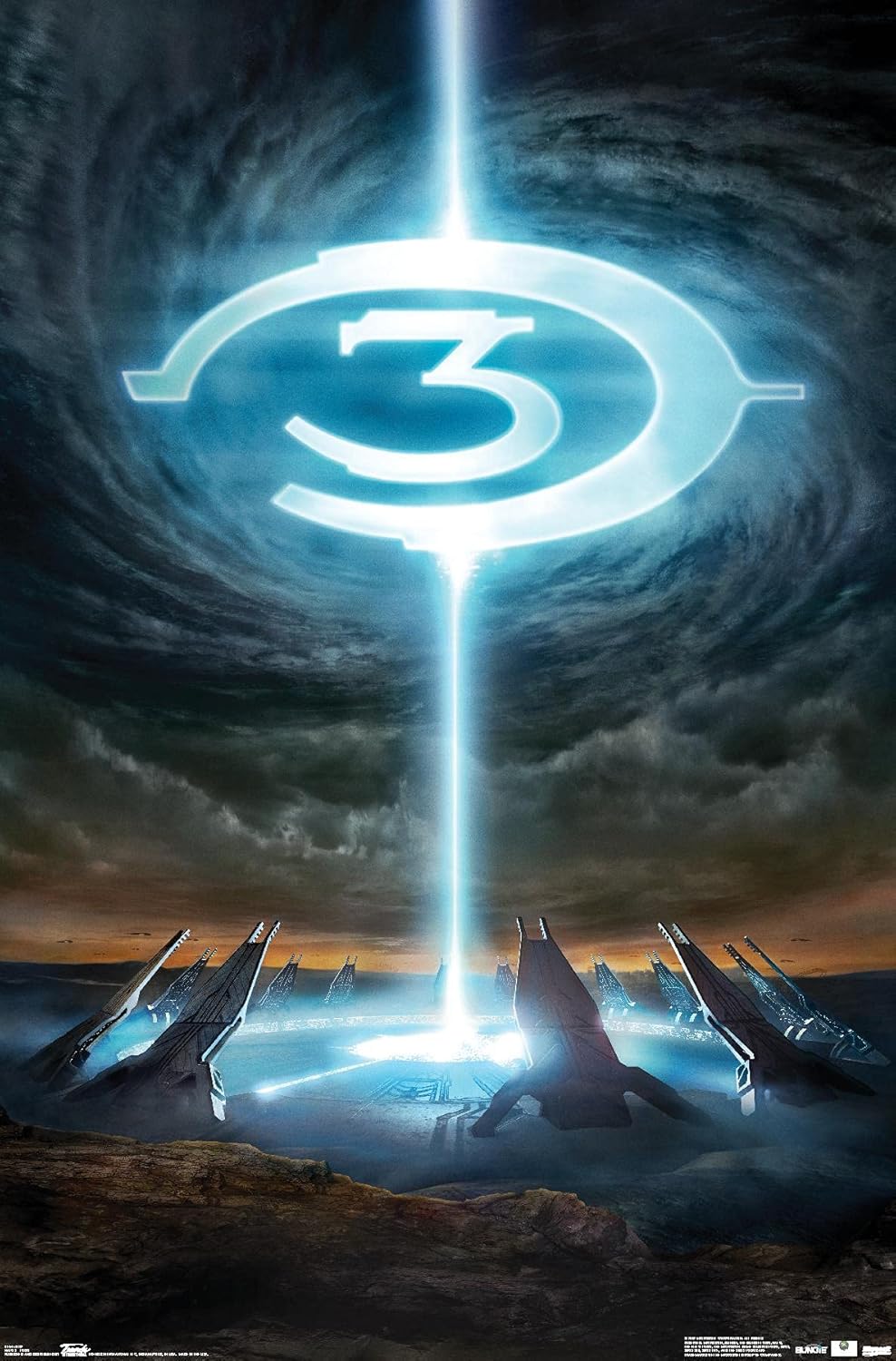
A computer game development company called Bungie created Halo: Combat Evolved as a strategy game where players controlled units and vehicles in three dimensions. In 2000, Microsoft bought Bungie, and the game changed into a first-person shooter that became very popular on the Xbox console. After producing two successful sequels – Halo 2 in 2004 and Halo 3 in 2007 – Bungie left Microsoft and started its own company again. Although Bungie can create new ideas now, the rights to Halo belong to Microsoft. When Bungie split from Microsoft, the company’s head of game studios said they wanted to keep investing in Halo and making it bigger. In 2004, a team at Ensemble Studios – which created another popular game series called Age of Empires – started working on a new game that would become Halo Wars. Later, in April 2006, the studio revealed that it was creating a real-time strategy game for consoles. The company’s CEO explained that they were trying to make RTS games work better on console systems. He said that their previous experience had taught them how to improve the gameplay controls and make the game shorter and more exciting.
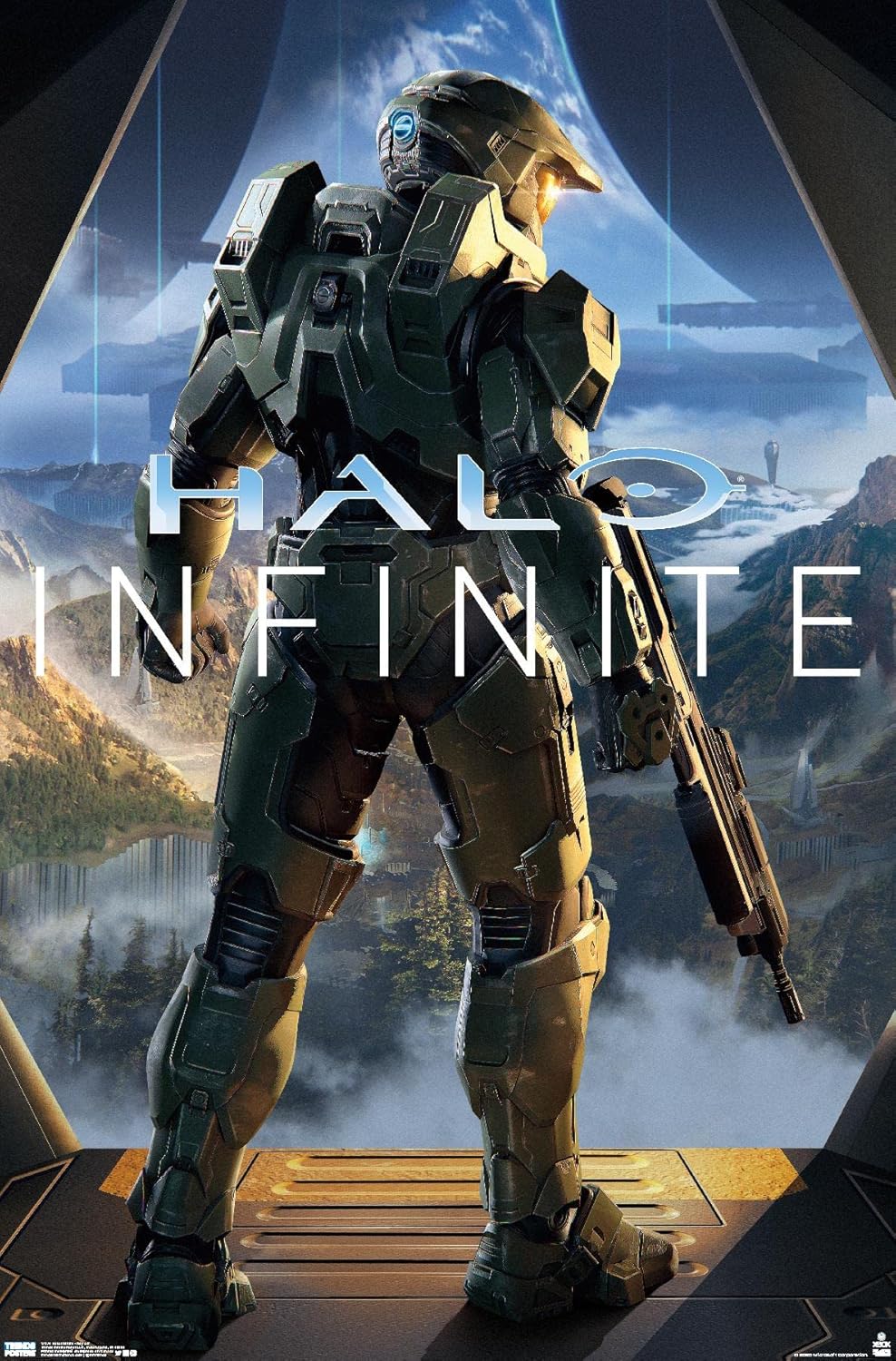
The original title Halo Wars was not meant to be part of the Halo series. The development team spent 12 to 18 months working on the control scheme, using the Age of Mythology engine. To test their ideas, they took an Age of Mythology expansion called The Titans and used it as a prototype for control experiments. However, Ensemble discovered that managing resources, units, and buildings in Age of Mythology was too complicated with the console controller. Microsoft Game Studio’s lead producer, Jason Pace, said that the solution to creating a PC-style strategy game on consoles lies within itself. “What we need is to rethink our approach,” he explained. “The problem with making strategy games for consoles is that they’re designed for mouse and keyboard input devices, not controllers.” Senior designer Justin Rouse agreed that the team kept the controls from their research but started fresh to create a new foundation for the game’s mechanics. Their goal was to make a great strategy game for the console. To achieve this, Ensemble simplified gameplay by having one resource generated at each base site, allowing players to quickly move between bases instead of micromanaging multiple resources across many locations.

When the developers finished their project, they showed it to Microsoft, who suggested turning it into a Halo game. Bungie was unhappy about this idea. In a 2012 interview, Ensemble’s founder Tony Goodman said that Bungie thought it would ruin their franchise. However, Ensemble had to recreate all of Bungie’s assets from scratch. On the other hand, Bungie created lots of reference materials for the Halo movie adaptation that the Halo Wars team used as inspiration. Another source of inspiration was art from the first Halo games; however, since Halo Wars is viewed from above, the artists exaggerated shapes to make the units look similar. Lead designer Graeme Devine explained that in the new game, vehicles like the Warthog Jeep can move much faster and jump higher than they do in other Halo games, but they still look the same. To keep Halo Wars looking consistent with previous games, Ensemble created some rules for their artists to follow. For example, the Covenant should have a curvy shape, while the Forerunner and UNSC should stick to the same angles. The UNSC buildings and vehicles were given a green color, with gold highlights. The Covenant had a special texture that looked like a honeycomb pattern with small blue lights on a purple background.

The challenge of making Halo Wars was daunting because it required Halo fans to try out a real-time strategy game, while also getting fans of real-time strategy games to play a Halo game. According to Devine, people who like Halo games have very high hopes for how a game should look, feel, and play, as the series is known for action-packed battles that save humanity, exciting space fights, intense combat, and suspenseful moments. Ensemble wanted to capture these elements in Halo Wars.
When testing early versions of the game, the developers watched devoted players try it out. Their feedback led to some special abilities being added, which made the gameplay feel more like a traditional Halo experience, according to Devine. However, one idea that didn’t work out was making the Flood, a key enemy in the series, into a playable race. This wasn’t done because the Flood’s behavior would have been similar to another game’s Zerg, which wouldn’t have balanced well with the other factions.
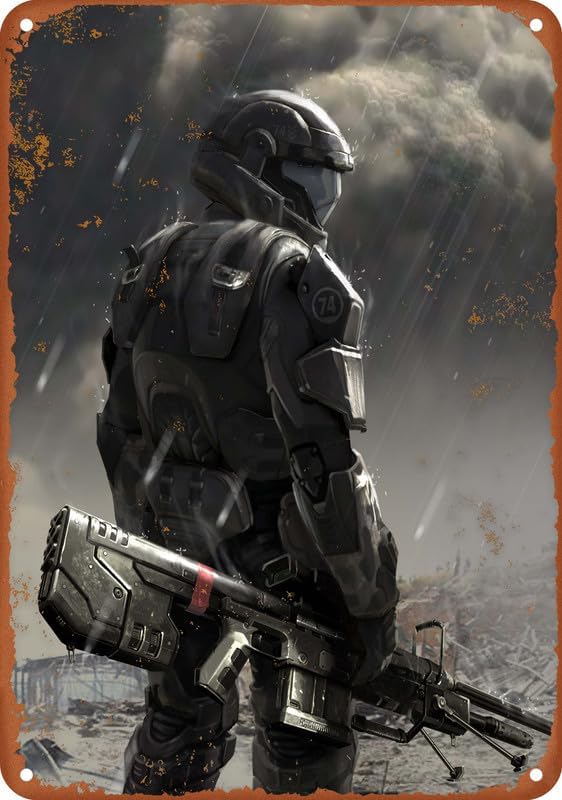
The Master Chief’s prominent role in previous games led to a significant investment in creating the Spartan units. The lead designer, Dave Pottinger, explained that the design team initially focused on making the Spartans the most exciting part of the game. If they weren’t the best unit, it wouldn’t meet the fans’ expectations. To make the Spartans stand out, the team gave them a unique ability: hijacking enemy vehicles. The developers hoped players would form connections with individual Spartans in the campaign and assigned each one an identity; skirmish units were left without names. The Spartan design was meant to highlight their relative lack of experience compared to Master Chief and the setting of the game, which takes place 20 years before the main trilogy. When it came to character design, the developers aimed for a fresh look: We made these Spartans younger because it’s set 20 years earlier than the other games in the series. They’re not as seasoned as Master Chief, who has more battle experience. When soldiers start a war, they pack on all their gear – helmets, backpacks, armor – and carry everything with them. However, by the end of the war, they’ve lost most of it, leaving only what’s essential to carry. Our Spartans have a lot of gear on them at first, which is similar to what infantry soldiers wear when they start a new conflict.
Ensemble expanded on the Halo universe during game development to provide players with strategic options. One new addition was the Gorgon, a biped mech that used Needlers to take down light aircraft. However, Ensemble later realized they had made a mistake by introducing this unit because it broke their own rule: anything that walks on two legs was considered an infantry unit. To fix this, they added a new aircraft called the Vampire. Meanwhile, the UNSC didn’t have a melee unit that matched the Covenant’s close combat abilities. Ensemble initially thought about using the older Spartan Mark I suits of armor, which fit with Halo lore, but once these units were created, they looked identical to Spartans in appearance. Instead, they came up with a bulky, machine-like unit called the Cyclops, named after Age of Mythology.
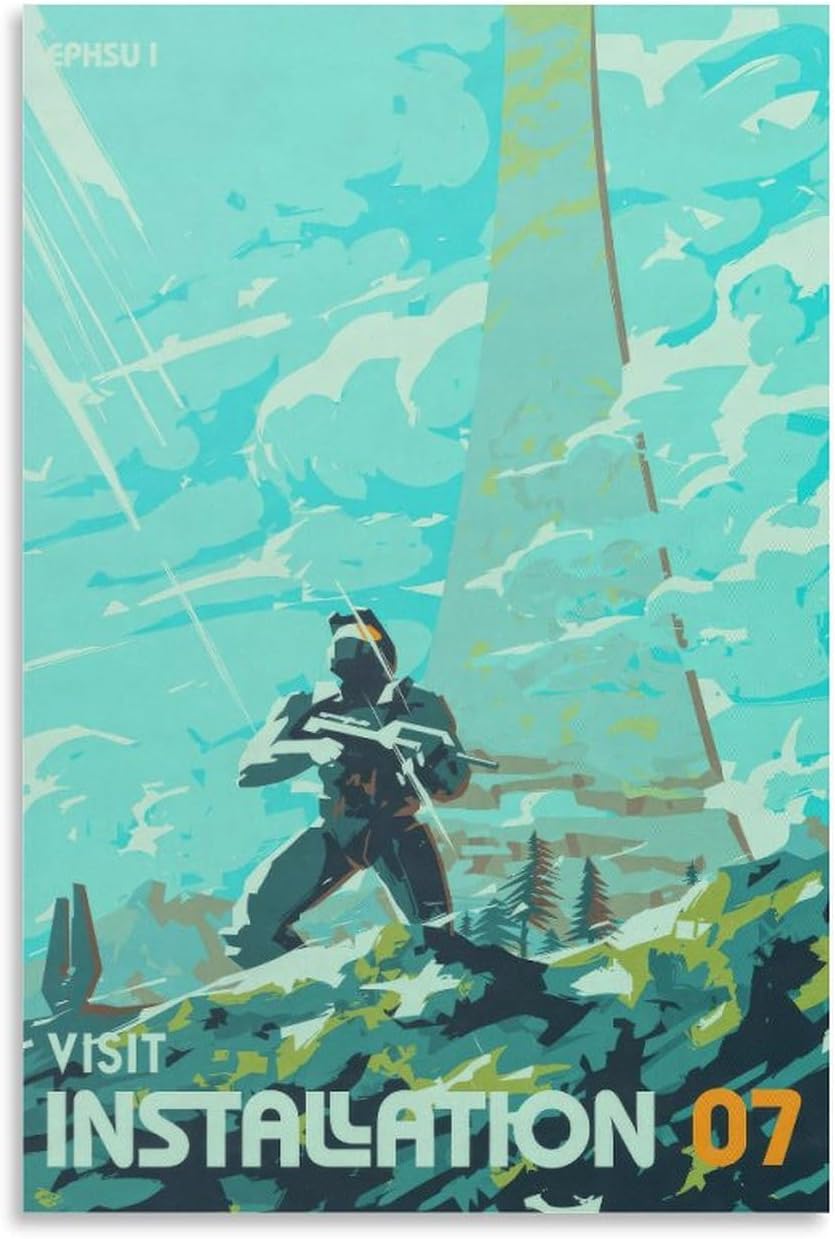
Limited time made it impossible to include many important features in the final game. One of these missed elements was a system that would allow Spartan leaders or high-ranking Covenant officers to deal huge damage to large groups of units. Pottinger explained that although the animations were fun to watch, they didn’t fit well with the quick action of Halo Wars and raised concerns about balance. Other ideas based on the Halo stories just didn’t work in a strategy game. Even though over 100 people worked hard on the project, which cost tens of millions of dollars, a Covenant storyline was never completed because there wasn’t enough staff or budget to make it happen.
Announcements Devine showcased Halo Wars at the 2008 Penny Arcade Expo.
Halo Wars was first revealed by Microsoft at their X06 media event on September 27, 2006. To get people excited, they created a special video trailer using Blur Studio’s skills. The trailer showed Warthog vehicles searching for missing soldiers when suddenly Covenant Elites jumped out and attacked them. A big battle started with both humans and Covenant forces fighting against each other. In the end, some brave Spartans arrived to save the day. GameSpy thought the trailer was so cool that they put it on their list of top 25 most amazing video game movie moments because it gave us a glimpse into the grand world of Halo.
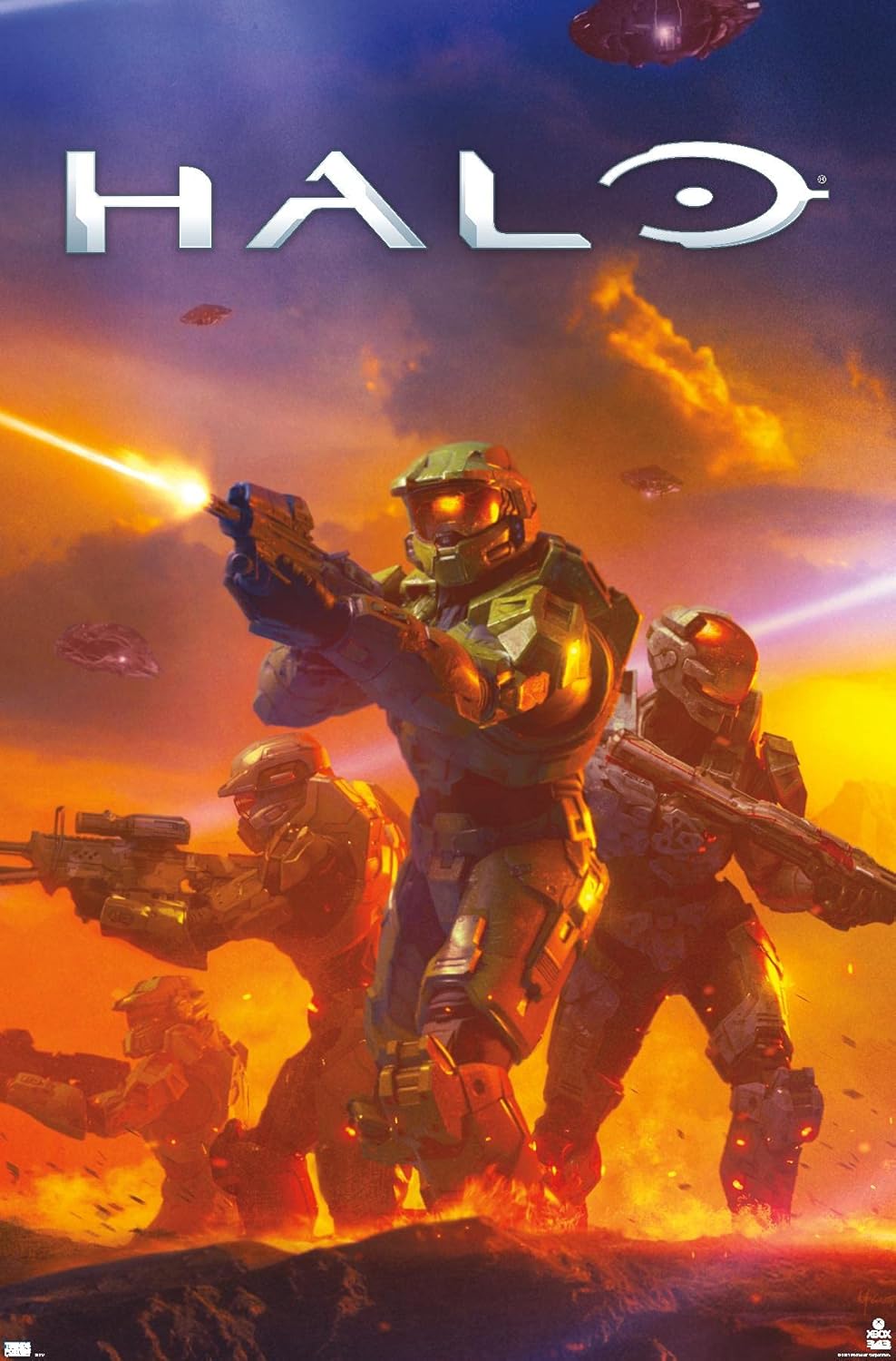
Halo Wars was shown off at the Electronic Entertainment Expo (E3) in 2007 and 2008. The person who created the music for the game, Devine, performed at the event in 2007. A video that showcased the game’s features was later made available on Xbox Live Marketplace. This video showed how to play the game, its user-friendly interface, vehicles, special guns, and new characters. It also featured a UNSC base with an airbase, vehicle storage, missile silo, and other buildings. Experts from IGN, Next Generation, and PC World said that Halo Wars was one of the most exciting things shown at E3 that year.
On September 10, 2008, Ensemble Studios made an important announcement: it would close down after finishing its game Halo Wars. Before this happened, Tony Goodman, the founder of Ensemble Studios, and other employees shared some exciting news – they were forming a new studio called Robot Entertainment. Another group of former staff members decided to start their own company, Bonfire Studios. Just before Halo Wars came out, Robot announced that while it was creating its own games, it would help support Halo Wars and Age of Empires with the help of Microsoft Game Studios.

The music in Audio Halo Wars was created by Stephen Rippy, who also composed scores for all Age of Empires games. Rippy aimed to create new pieces while keeping up with the continuity established by Martin O’Donnell and Michael Salvatori’s work on the Halo trilogy. Before joining the project, Rippy collaborated with O’Donnell and Salvatori, then sent O’Donnell a CD of his music when he got involved halfway through writing it. Prior to starting work on Halo Wars, Rippy listened to earlier soundtracks and looked for useful ideas in leftover Ensemble projects. “I love collecting that stuff and using it without feeling guilty,” Rippy said. “You only realize what you have until you really need it.” When creating music with audio lead Kevin McMullan, they analyzed O’Donnell’s tracks together to find elements that could be reused in Halo Wars. Unlike his usual approach, where he writes melodies first and then decides how the sound will be produced, Rippy built his melodies around specific synthesizer patches or drum loops. He felt that working on science fiction music was a departure from his previous historical settings work, which allowed him to try new things.
In April 2007, Rippy started creating music for the game Halo Wars. He thought one of the plot points was particularly cool – discovering something new that no one else had seen before. The first two songs combined old ideas from his previous projects with his latest attempts to capture the Halo sound. One track, “Flollo,” used musical concepts he had been playing around with since working on Age of Empires III: The WarChiefs. Another song, “Bad Here Day,” was Rippy’s first try at incorporating the distinct “Halo” style into a piece. Since he wanted Halo Wars to stand out and have its own unique identity, he aimed to avoid using too many familiar themes from past games. At the same time, he still wanted to include elements like choir and piano, which he thought were key parts of the sound that had come before. Following an Ensemble Studios tradition, the song titles often reflected inside jokes or witty phrases rather than events that actually happened in-game.

By the end of 2007, composer Rippy had completed all his work on the game’s music, including the end credits, battle themes, and background tracks for the game’s world. In the game’s combat mode, the music was designed to match the environment instead of the fighting factions that appeared in it. To create a unique atmosphere for each area, Rippy followed certain rules; for example, one place might feature guitars, but not piano. To make all the worlds sound like they belonged together, he added a short introduction with common musical elements. On the other hand, the game’s story mode used different melodies that were repeated whenever one of the main characters or the human ship Spirit of Fire appeared on screen. Rippy worked intensively from January 2008 to create music for the game’s cutscenes; at this point, he had been working on the score for nearly a year. By February 2008, Rippy had finished his work and by the end of March, all the tracks were ready to be recorded.
Although the previous live orchestrations for Halo games were performed by the Northwest Sinfonia in Seattle, Washington, Rippy chose the FILMharmonic Orchestra of Prague to record Halo Wars’ music. Rippy had been visiting Prague to attend recording sessions for Age of Empires III: The Asian Dynasties and really enjoyed both the city and the unique sound the orchestra produced. Another advantage was that recording in Eastern Europe was much cheaper than in other places. The March 10-15 recording sessions involved 24 singers and 45 musicians; choir and string sections were later added to make the music sound bigger. In all, about 65 minutes of Halo Wars’ 75-minute score were recorded in Prague. The final steps of production took place in Seattle; O’Donnell even visited one of the mixing sessions.

Rippy used the Audiokinetic Wwise system to create music that changes in response to gameplay actions. By using only some of Wwise’s tools, Rippy made it much easier to set up the game’s audio systems compared to previous Ensemble games. For each battle sequence, the musical piece was split into different parts and mixed separately for each part. “When a cue is triggered, an introduction plays first, and then the game randomly selects from all the elements until the battle ends,” Rippy explained. “After that, an outro plays, and then it goes back to regular music. It was a unique way of working, and I’d like to build on it if there’s a chance in the future.” Four tracks from Halo Wars were included as a preview on a special bonus DVD that came with Halo Trilogy—The Complete Original Soundtracks, a December 2008 collection of previous Halo music. These tracks were mixed in surround sound and came with video clips of recording sessions and a “Five Long Years” trailer. The soundtrack was released on February 17 as a compact disc and digital download. AOL Radio got the exclusive rights to premiere the soundtrack early, playing new songs at the start of every hour.
The pre-release playable demo for Halo Wars was announced in October 2007 in an issue of Official Xbox Magazine, and it became available to download starting February 5, 2009. Before that, people who wanted to play it early could get special codes on January 29. When it finally came out, more than 2 million Xbox Live Gold users downloaded the demo in just five days, making it a record for the most downloads on the site at that time.

In addition to the regular retail edition, there was also a special Limited Collector’s Edition of Halo Wars available. To encourage fans of Halo 3 to buy it, Microsoft included early access to the Mythic Map Pack, which contained three multiplayer maps from Halo 3, with the collector’s edition. This package also came with a 48-page, half-size hardcover graphic novel called Halo Wars: Genesis, created by Phil Noto, Graeme Devine, and Eric Nylund. The book tells the background stories of key characters like Anders, the Arbiter, Forge, and Cutter. Other goodies included a unique in-game vehicle, collectible trading cards, and a special Spirit of Fire patch. People who pre-ordered the game from certain stores got a special in-game Warthog with flames as a bonus. GameStop announced that on February 28, 2009, 1,000 stores in the US would host Halo Wars tournaments, while another 2,000 stores held midnight releases for the game. In European markets, a “Best of Halo” bundle was sold, which included Halo Wars, Halo 3, and an Xbox 360 console.
When it came out, Halo Wars took second place on the UK weekly sales charts behind Killzone 2. It only made up about 16.7% of Halo 3’s first-week sales, but it still sold three times more copies than Command & Conquer 3: Tiberium Wars, making it the fastest-selling console strategy game ever. The next week, Halo Wars’ sales were fifth on the charts. In Australia, Halo Wars was the top-selling game, beating out Killzone 2. By March 12, the special edition and regular version of the game were ranked second and third on the US Xbox 360 sales charts, behind Call of Duty: World at War. A gaming website said that Halo Wars helped boost Halo 3’s sales by a lot; Halo 3 was fourth in the US for selling Xbox 360 games and second in Australia. Halo 3 even went back onto the top 20 list for best-selling Xbox 360 console games in February, which is also where it ranked second.

Before the game was released, industry expert Michael Pachter predicted that Halo Wars would sell around two million copies. On March 19, 2009, Microsoft shared some exciting news: the game had already sold one million units and players had spent an impressive amount of time playing online matches – a total of 118 years! In fact, according to data from the NPD Group, which tracks sales in the US, Halo Wars was the third top-selling game in that market by March, with over 639,000 copies sold.
In June 2016, Microsoft introduced an updated version of Halo Wars called Halo Wars: Definitive Edition for both Windows and Xbox One computers. The team responsible for creating this new edition was Behavior Interactive. This enhanced game became available on December 20, 2016 as part of a special bundle called the Ultimate Edition for the sequel game, Halo Wars 2.

After Ensemble closed its operations, Robot Entertainment made an announcement about creating downloadable content for Halo Wars. The company said they were committed to adding new things over time, not just once. This effort was similar to what Bungie had done with other games after their initial release. Robot also planned to fix problems and balance out the game so it felt fair and fun.
The first downloadable content (DLC) pack, Strategic Options, introduced three new multiplayer game modes. In this mode, players aim to capture and hold Forerunner units, similar to “capture the flag”. Another mode, called “Tug-of-war”, rewards players with points for building large armies and destroying enemy units. A third mode, “Reinforcement”, gives players access to reinforcements instead of training them at their bases. The type and number of units that can be deployed depend on the player’s available resources and reactors. Strategic Options was released on May 19, 2009, after a patch that fixed bugs and balance issues in the game. However, this update received criticism for its small size (2 megabytes) and high price (800 Microsoft Points). The person in charge of the game said that the new modes were small because they added new rules to the game. There was some extra content, but it wasn’t as big or exciting as a map. Later, on July 21, 2009, a second DLC pack called “Historic Battles” was released. This pack included four additional multiplayer maps and four new achievements that players could earn on Xbox Live.
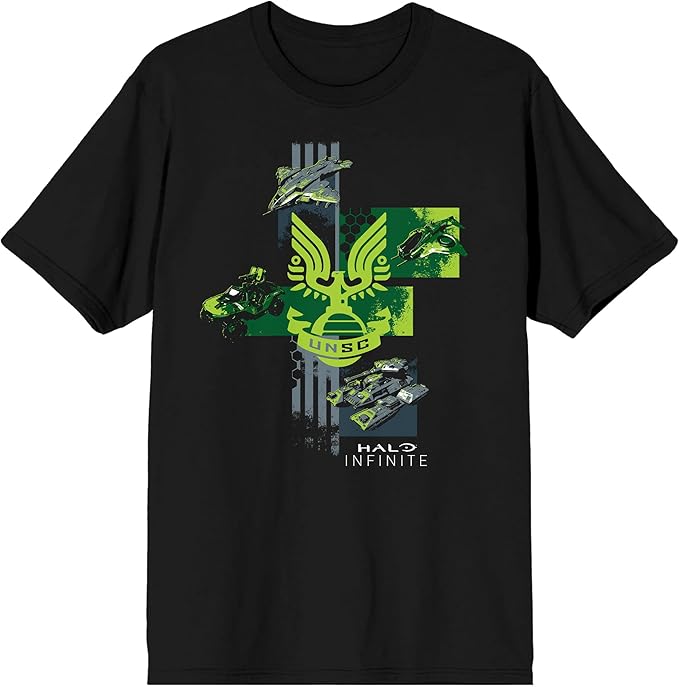
Reception for Halo Wars was mostly positive. The game has an average score of 82 out of 100 on the website Metacritic, which means most critics gave it good reviews. However, some critics disagreed about whether Halo Wars was a successful console game that translated well from the real-time strategy (RTS) genre. GameSpy’s Allen Rausch believed that, just like in Halo: Combat Evolved, first-person shooters could work on consoles, and Halo Wars showed that real-time strategy games could too. TeamXbox’s Tom Price said gamers had been waiting a long time for a console RTS game to get it right, and Halo Wars finally did so. Reviewers from Official Xbox Magazine praised Ensemble for creating a strategy game that felt perfect at home on the console, rather than forcing a PC game onto the console with bad controls. 1UP’s Thierry Nguyen thought Halo Wars was just okay as an RTS game but had potential to be great as a console RTS game. Digital Trends’ Scott Steinberg said Halo Wars showed that RTS games could work well on consoles and might even change some people’s minds about it. The San Francisco Chronicle’s Peter Hartlaub called the game “easy” or “for beginners,” implying it didn’t bring much new to the table compared to other Halo titles.

Reviewers generally liked Halo Wars’s controls. Less experienced RTS players, like Darren Zenko from the Toronto Star, appreciated the simplified game experience. On the other hand, critics like Luke Anderson from GameSpot said that the game wasn’t complex enough to attract more skilled RTS players. Some reviewers were unhappy with the lack of certain features, such as creating and managing groups of units, using hotkeys, setting rally points for different units, and adjusting production from the base. Nguyen stated that executing precise maneuvers was harder than it should be. Brett Molina of USA Today said that experts would find the action too easy, but that the game was perfect for fans of Halo and new RTS players. Reviewers from GameSpy, G4tv, and Eurogamer agreed that the controls worked well because the developers removed unnecessary features to make most options easily accessible; for instance, limiting base construction to specific areas helped players find their buildings quickly.
Reviewers thought the factions in the game were well-balanced. Kieron Gillen from Eurogamer said that the Covenant faction was harder to play than the one representing the UNSC, especially since the campaign for the UNSC came with helpful guidance, but there wasn’t a similar introduction for the Covenant. However, he pointed out that both factions had their own unique challenges and were “actually very different”. Some critics, like Nick Cowen from The Daily Telegraph, wished that the Flood faction was playable, whereas Ryan Geddes of IGN didn’t enjoy playing with them and thought it was better they weren’t included. Meanwhile, Will Porter of IGN UK liked the game’s rock-paper-scissors-style real-time strategy mechanics, but noted that players had to figure out which units were strong or weak on their own because the game wasn’t very good at showing this information – a problem that was even worse with the Covenant faction.
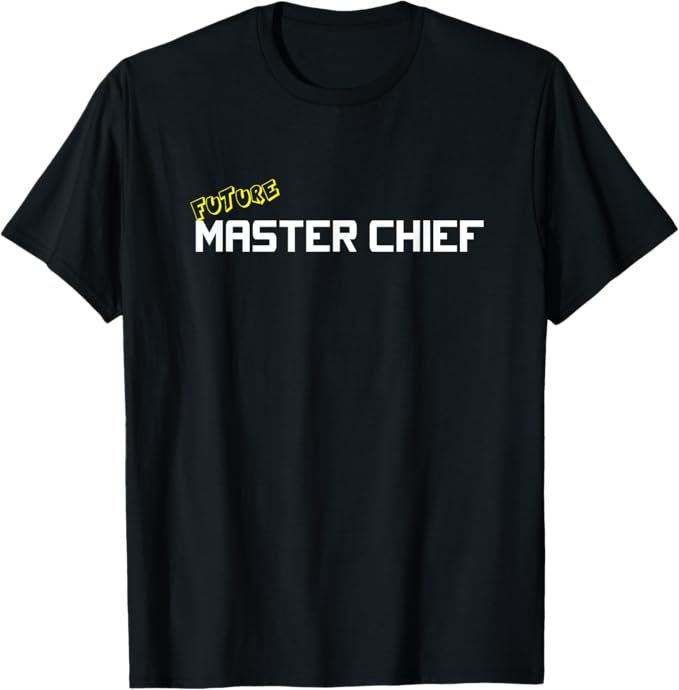
The game’s storyline was well liked by critics. They appreciated its cinematic scenes and voice acting. According to Geddes, the story was good but not as strong as other games from Bungie’s Halo series. He also said that most characters in the game were one-dimensional and not very likable. Reviewers pointed out that for a strategy game, the campaign was relatively short, lasting only 15 missions – even Nate Ralph of Wired finished all his missions in under 40 minutes. Jon Wilcox from Total Video Games wrote about the gameplay’s ups and downs, saying there was an ebb and flow between the chapters, with some being longer than others or having time limits. He found this mix of chapter lengths to be a surprisingly exciting experience. Wilcox also praised the addition of medals that were based on performance, which added replay value to the campaign. Price noted that while the game’s storyline and mission structure were fairly common, levels in other RTS games seemed more substantial compared to Halo Wars. Critics like Geddes, Wilcox, and Patrick Kolan from IGN UK agreed that the lack of a Covenant campaign was an oversight.

Game critics generally liked the multiplayer part of Halo Wars. Wilcox thought that even though it didn’t bring anything new to the table, the multiplayer mode was a good feature that made the game last longer. Adam Biessener from Game Informer said that playing against other humans was more fun because the campaign’s special effects and bad artificial intelligence weren’t an issue. However, Kevin Lynch of The Mirror thought that the variety of game modes was too limited.
Most people thought that Ensemble did a great job recreating the Halo universe’s style. The creator of the series said that knowing how the different units work could help solve some problems with players not understanding what they do: “It’s not just exciting to see a Scarab in action—it’s actually helpful to know what it means on the battlefield.” He also said that players should know which characters are good at fighting tanks and which ones are better suited for special vehicles. Another creator thought that while the core units fit well, adding Ensemble-developed units made the game feel like just another science-fiction title. Even though some reviewers gave mixed feedback, others said that the authentic-looking units and environments helped make the game feel like it belonged in the Halo series. One person noted that with the menu system and music inspired by Halo, “before you even start playing, it’s clear that this is still a Halo game.” Overall, most people thought that Halo Wars was a great way to end Ensemble’s time as a developer.
As an Amazon Associate, I earn from qualifying purchases.
Leave a Reply